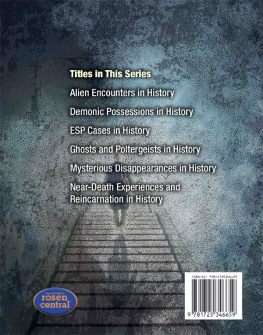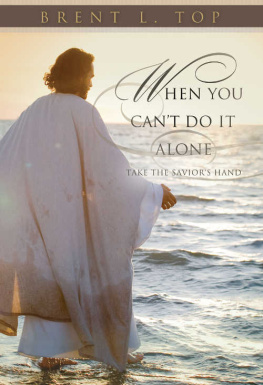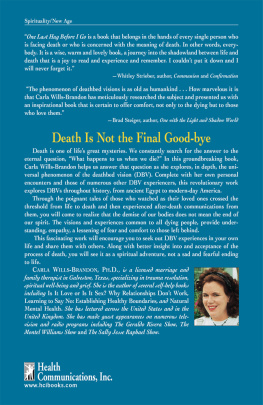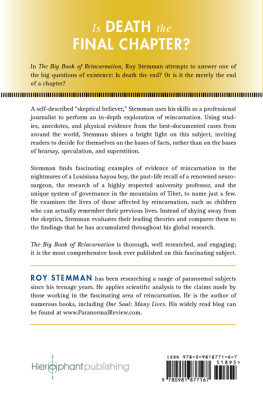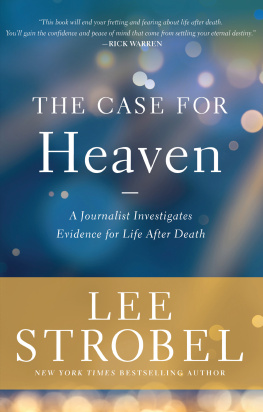
Published in 2020 by The Rosen Publishing Group, Inc.
29 East 21st Street
New York, NY 10010
Copyright 2020 by The Rosen Publishing Group, Inc.
First Edition
All rights reserved. No part of this book may be reproduced in any form without permission in writing from the publisher, except by a reviewer.
Produced for Rosen by Calcium Creative Ltd
Editors for Calcium: Sarah Eason and Harriet McGregor
Designer: Paul Myerscough and Jessica Moon
Picture researcher: Rachel Blount
Photo credits: Cover: Shutterstock: Juergen Faelchle; Inside: Library of Congress: p. 27; George Grantham Bain Collection: p. 26; Shutterstock: Zvonimir Atletic: p. 17; Salvador Aznar: p. 43; BasPhoto: p. 6; Ronnie Chua: pp. 3233; Graham Death: p. 19; Gaetan-L: p. 29; Jorisvo: p. 21; Jacob Lund: p. 30; Masarik: p. 4; Hoika Mikhail: pp. 3, 8; Huey Min: p. 37; Ruben Pinto: p. 36; Stephen Rees: p 16; Bruce Rolff: p. 28; Saiko3p: p. 11; Sezer66: pp. 1, 31; Darko Sikman: p. 12; StockPhotosArt: p 5; Theskaman306: p. 10; Thoom: p. 7; Vaflya: p. 20; WillemA: p. 40; Wikimedia Commons: pp. 2223; Pedro Berruguete: p. 14; Workshop of Master of Boucicaut: p. 15; Miss Carter: p. 24; Giovanni DallOrto: p. 9; Detroit Publishing Co.: p. 41; Max Halberstadt: p. 34; B. McClellan/Kurz & Allison: pp. 3839; NASA/Apollo 17 crew; taken by either Harrison Schmitt or Ron Evans: p. 35; Schfer, Johann: p. 25; Signal Corps: p. 42; Newell Convers Wyeth: p. 1.
Cataloging-in-Publication Data
Names: George, Enzo.
Title: Near-death experiences and reincarnation in history / Enzo George.
Description: New York: Rosen Central, 2020. | Series: The paranormal throughout history | Includes glossary and index.
Identifiers: ISBN 9781725346659 (pbk.) | ISBN 9781725346598 (library bound)
Subjects: LCSH: Near-death experiencesJuvenile literature. | ReincarnationJuvenile literature.
Classification: LCC BF1045.N4 G47 2020 | DDC 133.9013dc23
Manufactured in the United States of America
Cover: Throughout the ages, people have claimed that the spirit leaves the body after death and passes into another realm.
CONTENTS
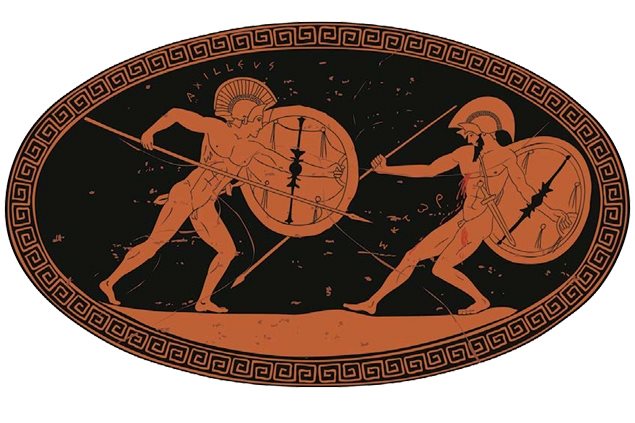
CHAPTER 1
BORN AGAIN
One of the great mysteries about human life is what happens when we die. Since earliest times, people have believed that the soul may survive in some form or another after the body dies. Some peoples argued that the dead haunted Earth as ghosts, or went to an afterlife. Others believed that the souls of the dead passed into new bodies and were born again on Earth. This process is known as reincarnation.

Ancient peoples disposed of dead bodies carefully in the belief that their owners might still need them.
Body and Soul
Reincarnation is based on the idea that the body and soul are separate. This belief was at the core of funeral rituals held in ancient societies such as Mesopotamia and Egypt. Ancient peoples believed that dead bodies had to be carefully buried, burned, or preserved so that the souls of the dead could survive in the afterlife. Early religions were based on the idea of keeping the gods happyincluding the gods of the dead.
Cycles of Life
In South Asia and other parts of the world, life was based on farming. Peoples who observed the regular cycle of birth, death, and rebirth in their seeds and crops also wondered whether there might be a cycle that involved humans coming back to life after death. No one knows when a belief in reincarnation began, but it was probably among the ancient faiths of South Asia. These beliefs became the basis of later religions such as Hinduism and Jainism. In the 600s BCE, they were incorporated as a key belief of the Buddhist faith. Hindus, Jains, and Buddhists taught that the soul is reincarnated and goes through numerous lives until it attains a state of spiritual enlightenment, which in Buddhism is called nirvana.
A belief in reincarnation is also said to have appeared among the ancient Greeks and among the Celts, who lived in Europe from the 700s BCE. The belief may originally come from South Asia, or it may have arisen independently among farming peoples who also saw human life as an echo of the cycles of the seasons.

By about 3500 BCE, people in northern Europe were using stones to build tombs called dolmens to mark the graves of important individuals.
WHAT IS DEATH?
For many ancient peoples, death was a state that resembled life. The Egyptians buried wealthy people with belongings to take to the afterlife. One purpose of disposing of a dead body correctly was to ensure that the spirits of the dead would not return to haunt the living.
Common Ideas
One common religious idea shared by many ancient peoples from Europe to Asia was that the body and soul were different things. The body was physical and therefore could grow old and weak. The spiritual soul, however, did not decay: it remained perfect.
Another common belief was that the boundary between life and death could be crossed in both directions. The spirits of the dead went to the afterlife, which could be either enjoyable or unpleasant, but some returned to reappear on Earth as ghosts. Some people who had come close to death, such as from disease or from wounds received in battle, reported meeting dead relatives or other spirits in the afterlife.

This carving shows the boat that the Egyptians believed carried the dead to the afterlife.
Ancient Greece
Another way that the dead could return to life was by inhabiting new bodies. From about the 500s BCE, ancient Greek philosophers, or thinkers, discussed the idea that the soul might last forever. In that case, the philosopher Plato reasoned, souls must pass from one physical body to another. He argued that there must be a place where dead souls gathered after they died, while they waited to be born into new bodies. When Plato described the death of his teacher, the philosopher Socrates, he noted that Socrates said the living spring from the dead.

While some peoples believed the dead traveled underground, others believed they went to the sky.
Followers of the Orphic religion in Greece believed that the soul was immortal and longed to be free, while the body held it prisoner. A belief in reincarnation was also common among the ancient Romans, who ruled much of Europe from the first century BCE.
The End of Reincarnation
In the first century CE, a new faith began to spread in the Roman Empire. Christianity taught that people who lived a good life were rewarded by their souls spending eternity in paradise, while the bad went to hell. These teachings allowed no room for the idea of reincarnation. As Christianity spread, the belief in reincarnation died out in the West.
A GREEK WARRIOR
In the ancient Greek poem The Odyssey, written by Homer in about the eighth century BCE, Odysseus visits the underworld, which is ruled by the god Hades. Odysseus meets the ghost of the hero Achilles. Achilles tells him that he would prefer to be the poorest peasant on Earth than lord of the whole underworld.
Next page
